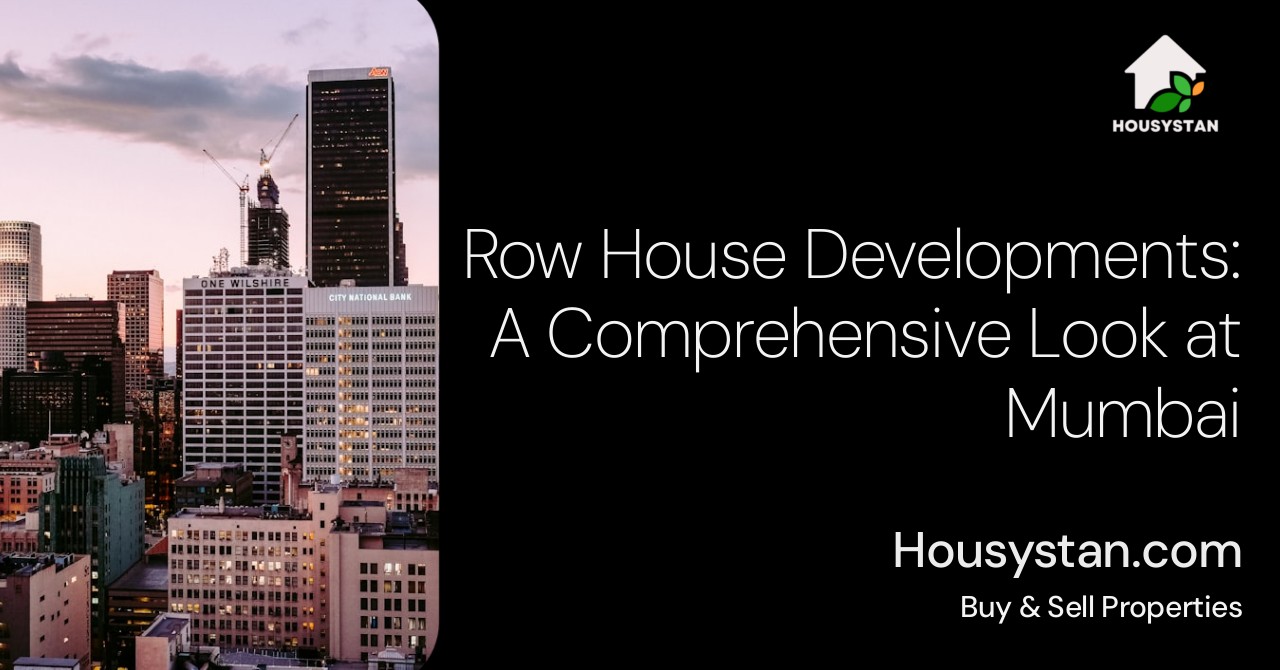Row House Developments: A Comprehensive Look at Mumbai
Read latest blogs and articles from Housystan

The Information mentioned here was last updated on:
27/11/2025Row house developments in Mumbai have become increasingly popular among homebuyers seeking a perfect blend of community living and personal space. As the financial capital of India, Mumbai boasts a diverse real estate landscape, and row houses stand out for their unique architectural style and functional advantages. These developments cater to families, young professionals, and investors who desire modern amenities while enjoying a sense of privacy and exclusivity.
One of the primary reasons for the rise in row house projects across Mumbai is the efficient use of available land. Unlike traditional apartment complexes, row houses offer individual entrances, independent parking areas, and private gardens, making them highly desirable in densely populated urban locations. Many row house societies in Mumbai are strategically located in emerging neighborhoods such as Thane, Mulund, Kandivali, and Borivali, providing excellent connectivity to business hubs, educational institutions, and healthcare facilities.
Residents of row house communities benefit from a harmonious lifestyle where safety, comfort, and convenience are prioritized. Gated security, landscaped pathways, dedicated play zones, and recreational spaces are common features in these developments. Furthermore, the sense of community is enhanced through shared amenities like clubhouses, swimming pools, and fitness centers, fostering strong bonds among neighbors.
- Verified Tenants/Buyers
- Unlimited Property Listing
- Zero subscription/charges fee
From an investment perspective, Mumbai’s row house properties have shown steady appreciation over the years. With limited supply and high demand, these homes often command premium resale values, making them attractive for investors. The flexibility to customize interiors and exteriors further adds to their appeal, allowing homeowners to personalize living spaces according to their preferences.
Eco-friendly construction practices and sustainable designs are also gaining traction in Mumbai’s row house developments. Green spaces, rainwater harvesting, solar panels, and energy-efficient building materials contribute to a healthier environment and lower utility costs.
If you are exploring real estate options in Mumbai, row house developments present an excellent opportunity to experience urban living with a suburban touch. With thoughtful planning, prime locations, and a vibrant community atmosphere, row houses in Mumbai continue to set new benchmarks in modern housing solutions.